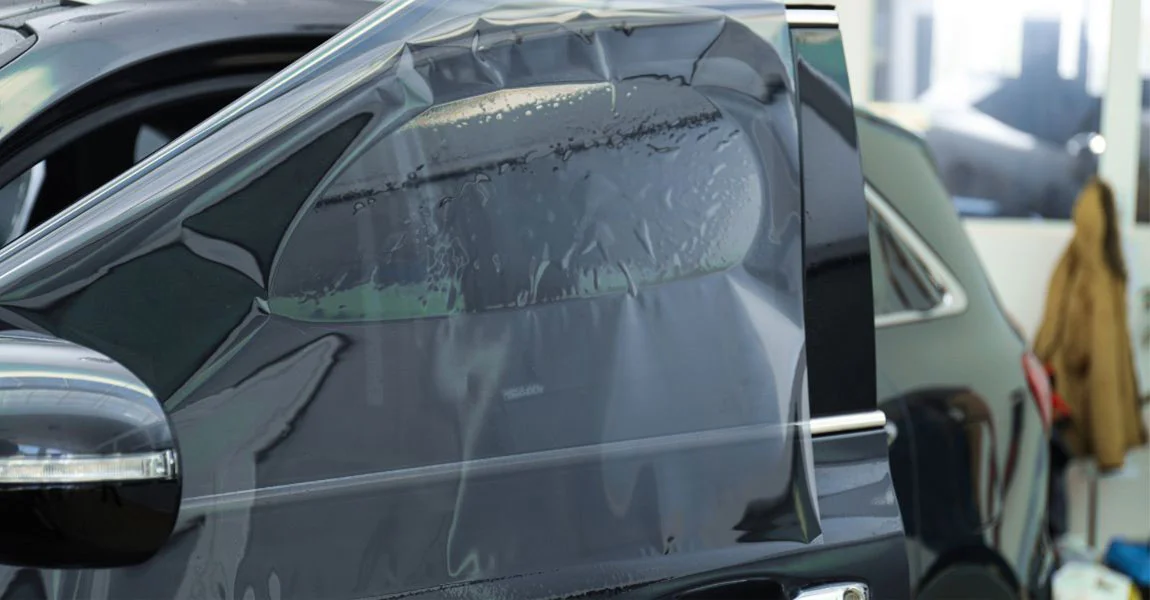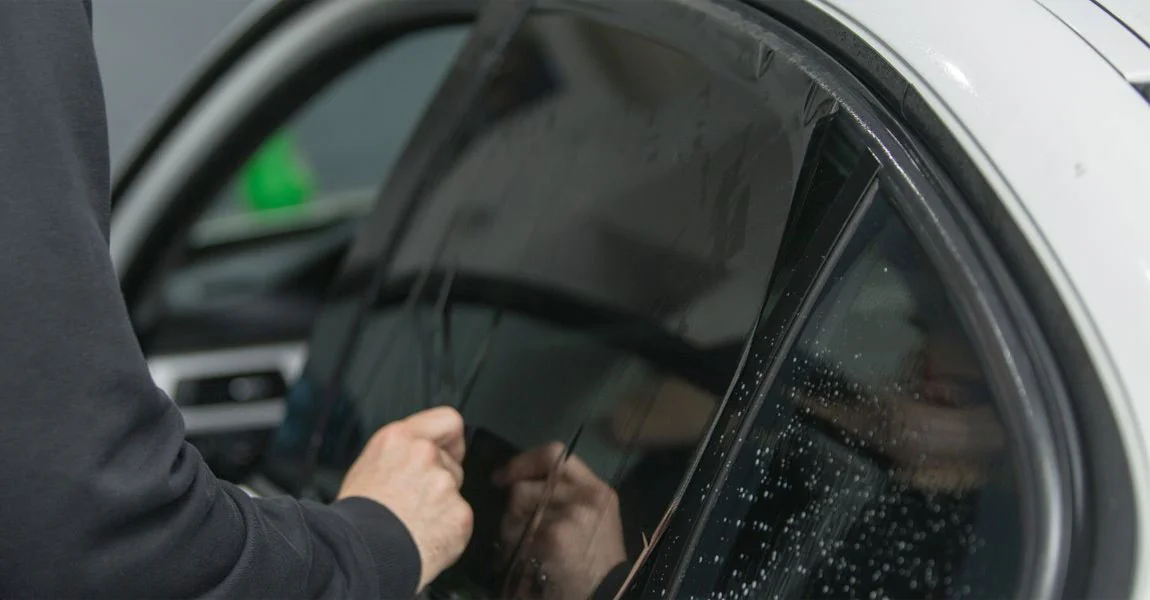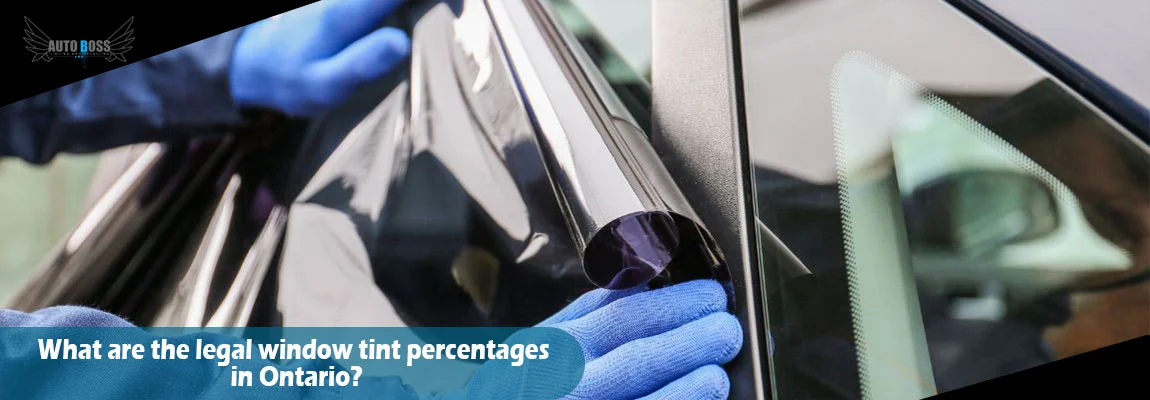Window tinting is a popular modification for modern vehicles. It can enhance privacy, reduce glare, and provide relief from the sun’s heat. However, the Law in Ontario regulates the practice of tinting car windows to ensure safety and visibility on the road. In Ontario, Canada, there are specific legal requirements for window tint percentages. Vehicle owners must adhere to this; otherwise, they have to go through legal allegations. In this blog post, we will discuss:
- The legal window tint percentages in Ontario,
- The reasons behind these regulations,
- Some essential considerations for vehicle owners.
The Legal Framework
Before knowing the specific percentages, let’s understand the legal framework of window tint in Ontario. The regulations about window tinting in Ontario are in the Highway Traffic Act and the Ontario Regulation 611/00. These laws ensure that vehicle windows provide adequate visibility for drivers. They will not compromise road safety.
Front Side Windows
In Ontario, the legal requirements for window tint percentages vary depending on the window’s location in the vehicle. For front-side windows, the regulations stipulate 70 percent of visible light to pass. It means that the window tint blocks only 30% or less of the light. This requirement ensures that drivers have clear visibility while operating their vehicles, especially at night or in adverse weather conditions.
Rear Side Windows
When it comes to rear-side windows, Ontario’s regulations are more lenient compared to front-side windows. The law allows a darker tint on rear side windows, requiring them to allow at least 35% of visible light to pass through. The tint film on these windows can block up to 65% of the light.
Rear Window
The rear window, which includes the back windshield, follows a different set of rules in Ontario. The law permits a lower level of light transmission for the rear window, allowing a minimum of 35% visible light to pass through. As with rear side windows, this means that up to 65% of the light can be blocked by tinting film on the rear window.
Exemptions and Exceptions

While the above percentages apply to most vehicles, there are some exemptions and exceptions to these rules. For instance, vehicles that are originally equipped with factory-tinted windows may already meet or exceed these requirements. However, it’s crucial to note that adding additional tinting to these windows may still be subject to the same legal limits.
Another important exception is for individuals with medical conditions that require protection from sunlight. In such cases, individuals can apply for an exemption to install darker tint on their windows, provided they have a prescription from a qualified medical practitioner.
Enforcement and Penalties
Enforcement of window tint regulations in Ontario is taken seriously by law enforcement agencies. Police officers have tools like tint meters to measure the amount of light passing through a vehicle’s windows. If a vehicle is found to have window tint that exceeds the legal limits, the driver may face penalties, which can include fines and even orders to remove the tint.
Penalties for violating window tint regulations can differ in different regions depending on the severity of the offense and whether it’s a first-time or repeat violation. Vehicle owners need to be aware of these consequences and ensure compliance with the law.
Reasons for Regulation
The regulations regarding window tint percentages in Ontario are not arbitrary but are based on legitimate safety concerns. Here are some reasons behind these regulations:
a. Visibility
Maintaining proper visibility is crucial for safe driving. Excessive window tinting can reduce a driver’s ability to see clearly, especially in low-light conditions.
b. Pedestrian Safety
Window tinting that’s too dark can also make it challenging for pedestrians and other drivers to make eye contact with the driver, potentially increasing the risk of accidents.
c. Law Enforcement
Darkly tinted windows make police officers unable to identify occupants of a vehicle, potentially impeding their ability to enforce traffic laws and investigate suspicious activities.
d. Emergency Situations
In emergencies, such as accidents or medical emergencies, window tint that exceeds legal limits can hinder first responders’ ability to assess the situation and provide assistance.
e. Road Safety
Ensuring that all vehicles on the road comply with window tint regulations helps maintain a consistent level of safety for all road users.
Considerations for Vehicle Owners

If you’re a vehicle owner in Ontario, here are some important considerations regarding window tint:
- Compliance: Always ensure that any window tint applied to your vehicle complies with Ontario’s legal requirements. It will prevent you from getting into legal trouble.
- Professional Installation: If you choose to have your windows tinted, it’s advisable to seek professional installation services. Professional installers are more likely to apply the tint evenly and in compliance with the law.
- Factory-Tinted Windows: Be aware that some vehicles come with factory-tinted windows that may already meet or exceed legal requirements. Check your vehicle’s specifications before adding additional tint.
- Medical Exemptions: If you have a medical condition that requires darker window tint, consult with a qualified medical practitioner and follow the proper procedure to obtain an exemption.
- Maintenance: Regularly inspect your window tint for any signs of wear, peeling, or bubbling. Damaged tint can become a safety hazard and may need to be repaired or removed.
Conclusion
Understanding the legal window tint percentages in Ontario is essential for vehicle owners to ensure compliance with the law and maintain road safety. The regulations are in place to strike a balance between personal privacy and the safety of all road users. By following these regulations, vehicle owners can enjoy window tinting benefits without being exposed to liability risks or risking legal consequences. Whether you’re considering window tint for aesthetic reasons or for practical benefits like reducing glare and heat, always make sure to do so within the bounds of the law.




